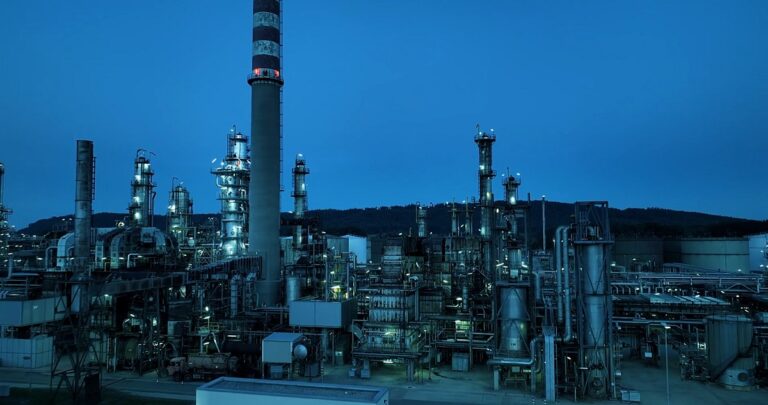Improving energy efficiency in large industrial facilities starts with knowing where energy is being wasted and using technology and operational changes to reduce that waste.
The most concrete way to improve efficiency is to conduct a full energy audit, target the largest energy consumers like motors and process heating, and implement changes such as variable frequency drives (VFDs), waste heat recovery, smart sensors, and better maintenance.
In real terms, many industrial plants can reduce total energy costs by 10% to 25% within 12–24 months with focused efforts. These savings are not just financial – they reduce emissions, extend equipment life, and improve process reliability.
Energy Use Breakdown in Industrial Facilities
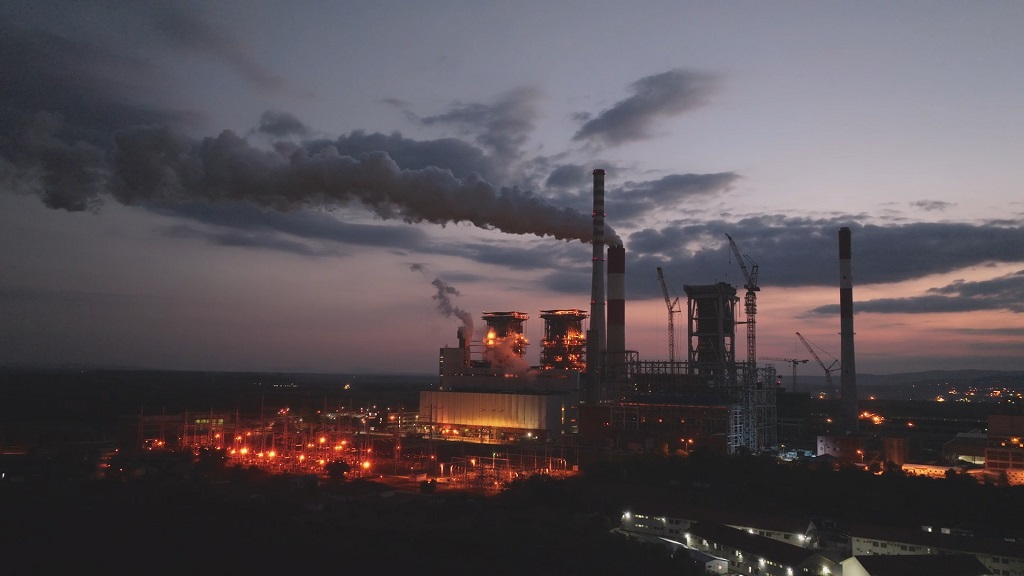
Understanding where energy goes is the first step. In most heavy industries (steel, chemicals, cement, pulp and paper, etc.), the majority of energy consumption falls into a few main categories.
| Energy Use Category | Share of Total Energy (%) | Common Equipment Involved |
| Process Heating | 35–45% | Furnaces, kilns, dryers, heat treaters |
| Motor-Driven Systems | 25–30% | Pumps, fans, compressors, conveyors, mixers |
| HVAC and Ventilation | 10–15% | Rooftop units, air handlers, boilers, chillers |
| Compressed Air Systems | 5–10% | Compressors, dryers, filters, and distribution piping |
| Lighting and Building Systems | 3–6% | High-bay lighting, exit signs, and office HVAC |
| Other | 1–4% | IT systems, controls, and miscellaneous processes |
Process heating and motors are usually the best targets for savings because they consume the most and have the highest potential for optimization.
Step 1: Conduct a Detailed Energy Audit
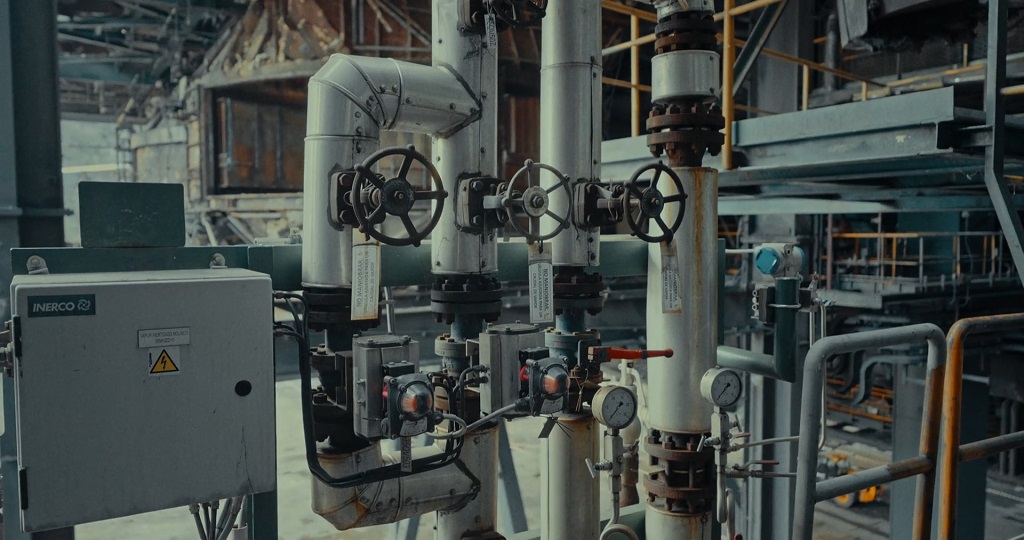
Before investing in upgrades, an energy audit is essential. It identifies inefficiencies, quantifies energy loss, and ranks upgrade opportunities by ROI.
Key Elements of a Good Energy Audit:
- Inventory of all energy-consuming equipment
- Load profiles and energy baselines
- Waste heat mapping
- Compressed air leak detection
- System-specific efficiency calculations
- Thermal imaging and motor performance checks
Facilities that conduct ASHRAE Level 2 or 3 audits often uncover opportunities worth 5–20% of annual energy costs.
Step 2: Improve Motor System Efficiency
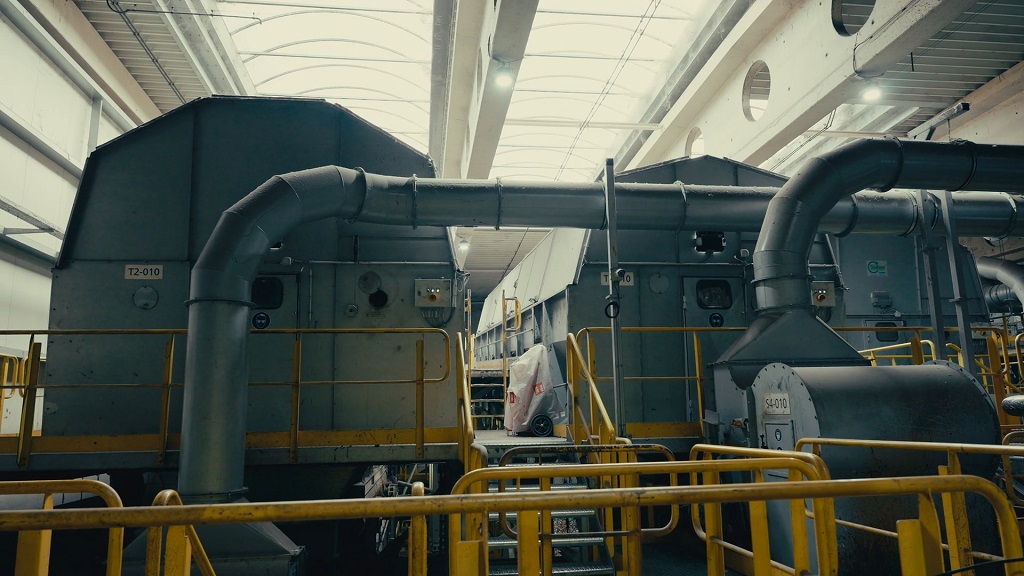
Motor systems represent one of the highest sources of inefficiency in industrial settings, especially when they’re oversized or run continuously at full load.
| Measure | Typical Savings | Comments |
| Install Variable Frequency Drives | 10–60% | Best for fans, pumps, compressors – saves the most at partial loads |
| Replace Oversized Motors | 2–10% | Right-sizing reduces wasted energy from unnecessary capacity |
| Upgrade to Premium-Efficiency Motors | 2–6% | Modern motors exceed IE3 or NEMA Premium efficiency ratings |
| Implement Motor Management Policy | 1–3% | Centralizes motor inventory, sets repair/replace thresholds |
Motor systems are responsible for roughly one-quarter to one-third of the total electricity consumption in large industrial facilities. These systems drive essential equipment like pumps, conveyors, fans, compressors, and mixers.
However, inefficiencies are common, often due to motors operating well below their optimal load, running continuously without need, or being sized improperly for their application.
Oversized motors, in particular, are a hidden cost: they draw more power than necessary, generate excess heat, and increase mechanical wear.
One of the most effective and high-impact improvements is installing Variable Frequency Drives (VFDs). VFDs allow motors to operate at variable speeds based on real-time demand.
For example, a fan that only needs to run at 60% capacity doesn’t need full motor power all the time – without a VFD, it still draws maximum energy.
By matching motor output to process needs, VFDs can save between 10% and 60% of electricity usage, particularly in HVAC systems, water pumps, and industrial ventilation systems.
Over time, VFDs also reduce mechanical stress, extending equipment lifespan and reducing downtime.
Upgrading to premium-efficiency motors, such as those rated IE3 (Europe) or NEMA Premium (U.S.), brings modest savings of 2% to 6%.
Still, across dozens or hundreds of motors, the cumulative benefit becomes significant. These motors are better built, generate less internal heat, and handle voltage fluctuations more effectively.
Even better results come from a motor management policy – tracking every motor in use, replacing inefficient ones systematically, and prioritizing upgrades based on load, runtime, and criticality.
Combined with better maintenance, such a program prevents cascading failures and ensures energy remains a controllable cost.
Step 3: Optimize Process Heating
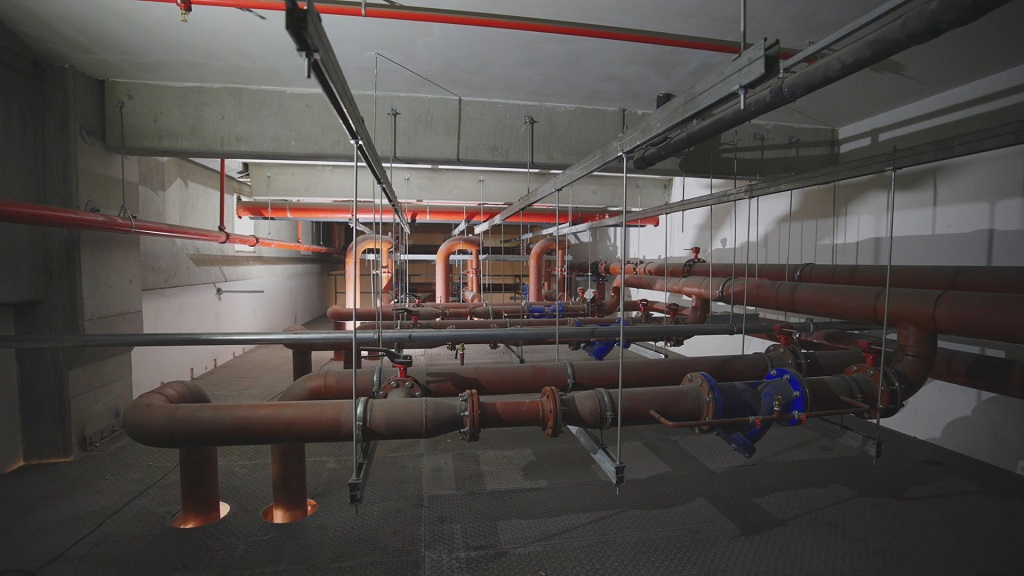
Process heating accounts for the largest single share of industrial energy use. Inefficiencies here often stem from poor insulation, excess heat loss, or old burners.
| Strategy | Potential Energy Savings | Notes |
| Insulation Upgrades | 5–15% | Payback is often under 18 months |
| Waste Heat Recovery Systems | 10–25% | Use stack gas heat to preheat combustion air or feedstock |
| High-Efficiency Burners | 5–20% | Improve combustion efficiency, reduce excess air |
| Heat Transfer Optimization | 3–10% | Use heat exchangers or improve surface contact |
Process heating systems are the biggest single consumers of energy in many industries, particularly those involved in metalworking, food processing, and chemical manufacturing.
Despite their importance, these systems are often neglected when it comes to modernization. Heat loss through uninsulated piping, aging burners, and poor combustion control can waste up to 30% of thermal energy.
Upgrading insulation is a simple but powerful fix. By adding or replacing insulation on ovens, kilns, boilers, and piping, facilities can reduce heat loss by 5% to 15%, often achieving payback in less than 18 months.
Materials like ceramic fiber, calcium silicate, and aerogels offer high thermal resistance and durability in harsh industrial environments.
Another major opportunity lies in waste heat recovery systems. When flue gases leave at 400–600°C, that energy is not truly “spent” – it’s just being vented. Recuperators, economizers, and regenerative burners can recover this heat and use it to preheat incoming combustion air or process fluids.
This preheating step reduces the fuel required, cutting gas bills by 10% to 25% depending on the system size and exhaust temperature. The chemical and steel industries have been early adopters here, but the approach works across many sectors.
High-efficiency burners further optimize fuel-to-heat conversion. Traditional burners often operate with excess air, which cools the flame and reduces thermal efficiency. New burner designs improve combustion control, reduce NOx emissions, and operate more cleanly with tighter air/fuel ratios. Pairing them with real-time oxygen sensors and automated controls enhances performance further.
An often overlooked but high-value upgrade is heat transfer optimization. This means reviewing how and where heat is transferred, whether through flame-to-metal contact, fluid heat exchangers, or radiative surfaces.
For example, upgrading a shell-and-tube heat exchanger or improving the fluid flow rate can increase effective heat transfer and lower the required input temperature. In advanced applications – especially in the aerospace, tooling, and automotive industries – induction heat treating is gaining popularity.
This technique uses electromagnetic fields to heat metal precisely at the surface, allowing for localized hardening or annealing with minimal energy waste. Unlike traditional furnaces that heat the entire workpiece, induction heat treating focuses energy only where it’s needed, dramatically improving both energy efficiency and process control.
Step 4: Address Compressed Air Leaks and Misuse
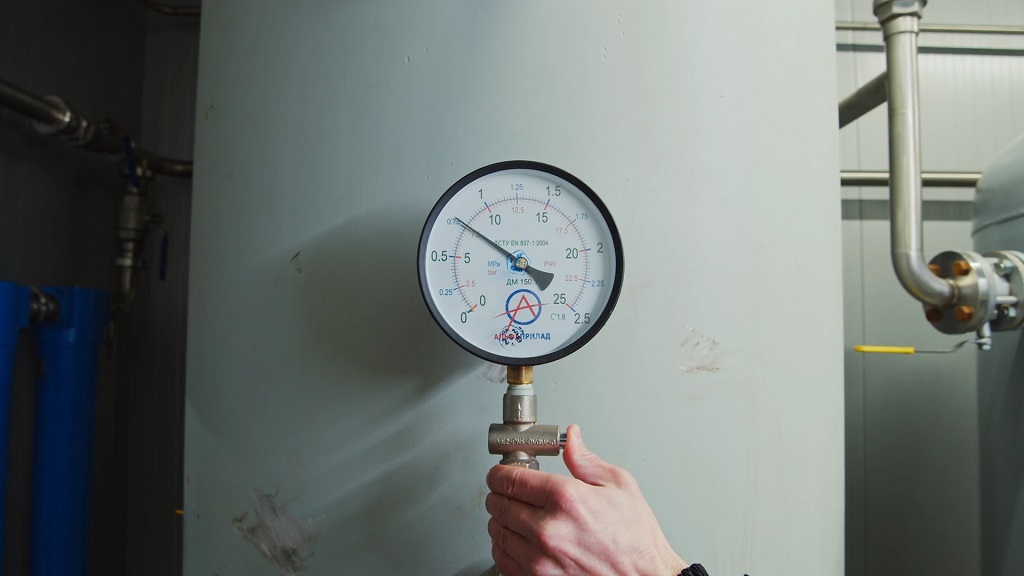
Compressed air is one of the most expensive utilities in manufacturing, often 7–10 times the cost of electricity per usable kWh.
Common Sources of Inefficiency:
- Leaks (20–30% of system volume in most facilities)
- Excess pressure settings
- Poor storage and distribution design
- Use of compressed air for cooling or cleaning (wasteful)
| Solution | Energy Savings | Notes |
| Leak Detection and Repair | 20–30% | Annual leak surveys pay off quickly |
| Lowering System Pressure | 1% per 2 psi | Every 2 psi reduction saves ~1% of energy |
| Replacing Compressed Air Uses | Varies | Use blowers or fans for cooling instead of air jets |
| Upgrade to VSD Compressors | 15–25% | Matches output to demand, reduces idling losses |
Step 5: Upgrade Lighting and Building Systems
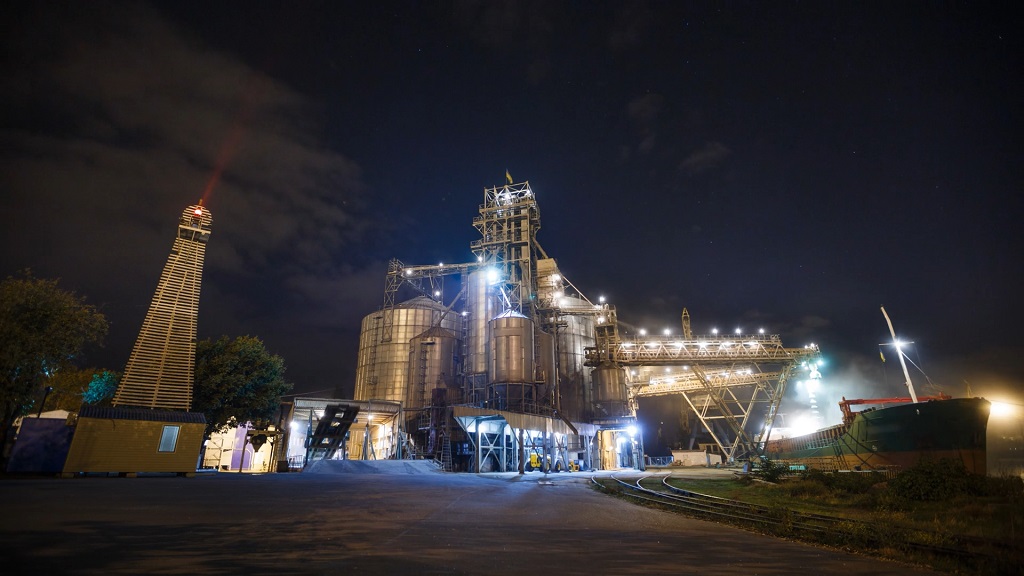
Lighting is a small share of industrial energy use, but upgrades offer high ROI and can improve safety and productivity.
| Upgrade | Typical Savings | Bonus Benefits |
| LED High-Bay Lighting | 40–70% | Longer lifespan, less maintenance |
| Occupancy/Daylight Sensors | 20–40% (add-on) | Works well in warehouses, loading bays |
| Smart Building Controls | 10–25% | Optimize HVAC, lighting, and energy scheduling |
LED conversion plus controls typically pays for itself in 1–3 years.
Step 6: Implement Smart Metering and Energy Management
Many large industrial facilities lack real-time visibility into energy use. Smart meters and EMS platforms change that.
| Metric Tracked | Purpose |
| Peak Demand | Identify and reduce high-cost usage periods |
| Power Factor | Spot inefficiencies and avoid penalties |
| Equipment Performance Trends | Predict failures and optimize maintenance |
| Process-Specific Energy Use | Link energy to output, optimize production |
In many industrial plants, energy usage is still monitored monthly through utility bills or basic submeters. This reactive approach misses major inefficiencies and fails to capture usage patterns that drive up costs.
Smart metering and advanced Energy Management Systems (EMS) solve this by providing real-time data across key energy metrics, helping teams monitor, control, and reduce energy use dynamically.
With smart metering, facilities can track peak demand, which is often responsible for thousands in monthly charges due to demand-based utility pricing. By identifying when spikes occur – such as during equipment startups or process surges – plants can stagger loads or use energy storage to flatten these peaks.
Monitoring power factor is equally critical; a low power factor indicates reactive energy loss and can trigger utility penalties. Through real-time feedback, power factor correction equipment (like capacitors) can be tuned precisely.
More advanced EMS platforms also track equipment-level performance trends, helping detect when motors, chillers, or compressors deviate from normal operation. This predictive insight prevents unplanned outages and reduces maintenance costs.
Linking energy use to specific processes (like one particular line or oven) enables production optimization, showing which operations consume the most energy per unit output.
Step 7: Recover and Reuse Waste Heat
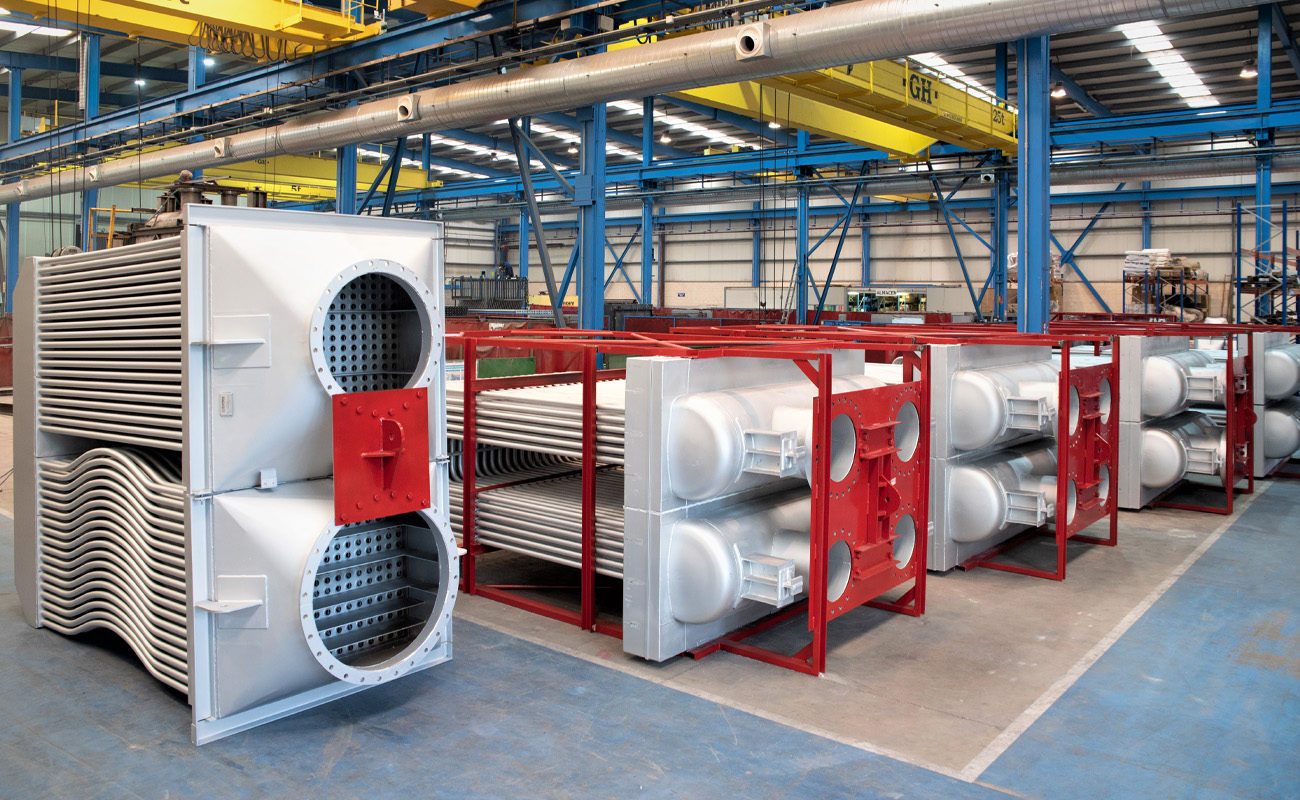
Waste heat is often an untapped energy source, especially in facilities with high-temperature operations.
| Application | Equipment Used | Recovered Heat Used For |
| Furnace Exhaust | Recuperators, economizers | Combustion air preheat |
| Boiler Blowdown or Flue Gas | Heat exchangers | Feedwater preheat |
| Hot Process Fluids | Plate heat exchangers | Space or process heating |
| Steam Condensate Return | Flash steam recovery units | Reuse in low-pressure applications |
In most industrial operations, large volumes of thermal energy escape through flue gas, hot water, steam condensate, and heated surfaces. Yet this “waste” heat can be captured and reused, drastically improving overall system efficiency.
Furnace exhaust, often leaving at temperatures exceeding 500°C, is a prime target for recovery. Using recuperators or economizers, this heat can be redirected to preheat combustion air or incoming raw materials, reducing the fuel needed to reach process temperatures.
Similarly, boiler blowdown or flue gas heat can be recovered using heat exchangers to warm feedwater, decreasing boiler load and increasing steam system efficiency.
Hot process fluids, like oil or chemical mixtures, can also transfer their residual heat through plate heat exchangers into other systems, such as preheating rinse water or air for drying systems. Another overlooked source is steam condensate.
Instead of discharging it, flash steam recovery units can reclaim both the heat and the water content, routing it back into the low-pressure system and significantly cutting make-up water and fuel needs.
Step 8: Improve Insulation Across the Facility
Poor insulation leads to massive energy loss in steam systems, piping, tanks, and ovens.
| Component | Uninsulated Heat Loss (BTU/hr-ft²) | Insulated Heat Loss (BTU/hr-ft²) | Savings (%) |
| 4″ Steam Pipe @ 350°F | 900 | 120 | ~85% |
| 200-gallon Tank | 7200 | 1100 | ~85% |
| Oven Surface Panel | 1500 | 250 | ~83% |
Re-insulating worn or degraded areas is often one of the cheapest upgrades with a 1-year payback.
Final Thoughts
Improving energy efficiency in large industrial facilities is not a one-time project – it’s an ongoing process of measurement, investment, and optimization.
Facilities that take a data-driven approach – starting with an audit and followed by strategic upgrades to motors, process heating, compressed air, and controls – often achieve 10% to 25% savings in 12–24 months.
Beyond lower energy bills, these changes improve uptime, reduce emissions, and make facilities more competitive long-term.

